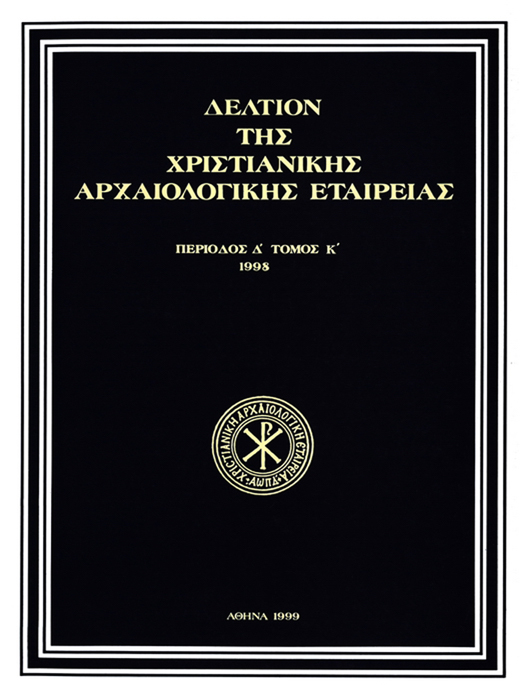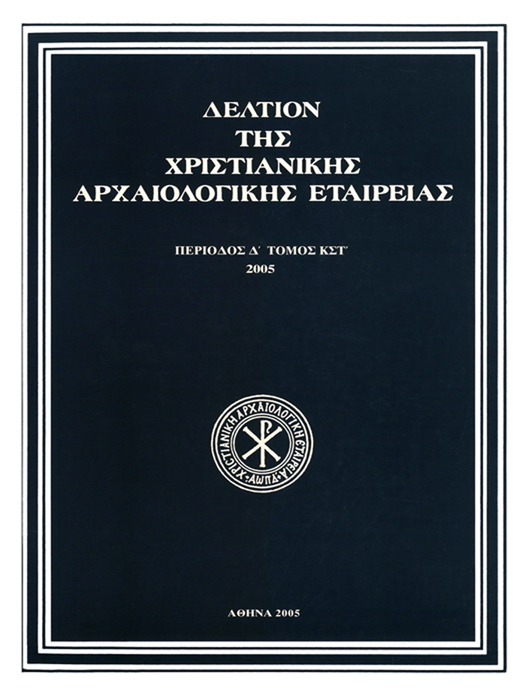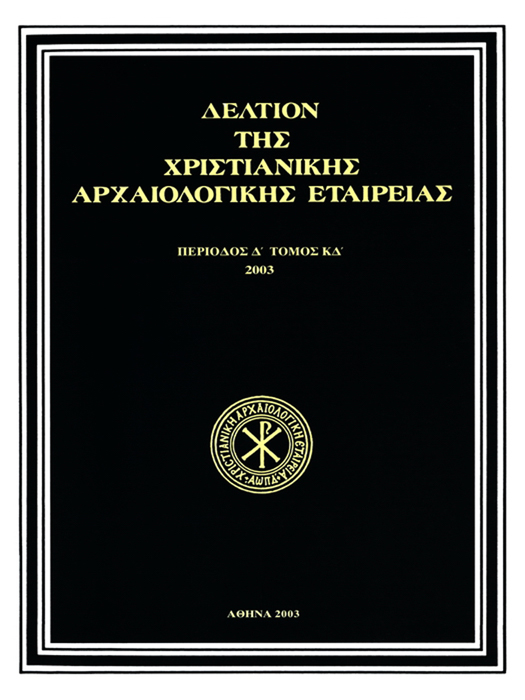Urban planning in middle and late byzantine cities

Abstract
Urban planning in Byzantium as a concept and as a method of organization seems that never existed in the towns of the Greek mainland or Asia Minor respectively. The overview of the extant archaeological data, although limited due to the elimination of the Byzantine layers without adequate study or publication, corroborates to a dynamic or an organic development of the cities and not to a predetermined planning. The discussion of these data opposes the view of other scholars who in the past, based on a Late Byzantine compilation work, had suggested otherwise. The Byzantine cities both new and old were formulated out of desire to cover the everyday needs of the people residing in them. The above conclusion can only be validated through systematic excavation, publication and the interpretation of the relevant findings.
Article Details
- How to Cite
-
ΜΠΟΥΡΑΣ Χ. (1999). Urban planning in middle and late byzantine cities. Deltion of the Christian Archaeological Society, 20, 89–98. https://doi.org/10.12681/dchae.1197
- Section
- Articles
The copyright for articles in the journal Deltion of the Christian Archaeological Society (henceforth Deltion) is retained by the author(s), with first publication rights granted to the journal and to EIE/ EKT the right to store and communicate these articles to the public via its information infrastructures. By virtue of their appearance in this journal, articles are free to use with proper attribution for non-commercial uses under a ShareAlike obligation. The Christian Archaeological Society and EIE/EKT retain the worldwide right to reproduce, display, distribute, and use articles published in the Deltion in all formats and media, either separately or as part of collective works for the full term of copyright. This includes but is not limited to the right to publish articles in an issue of the Journal, copy and distribute individual reprints of the articles, authorize reproduction of articles in their entirety in another publication of the Christian Archaeological Society, and authorize reproduction and distribution of articles or abstracts thereof by means of computerized retrieval systems.












